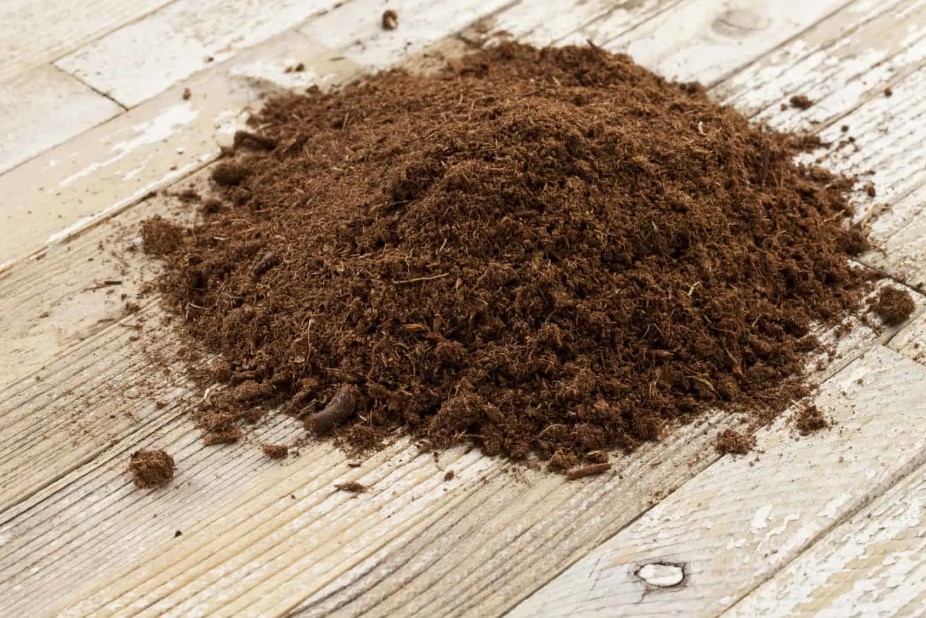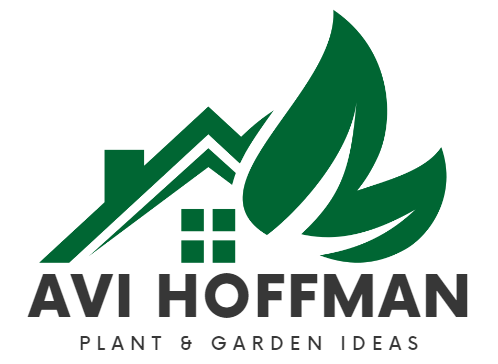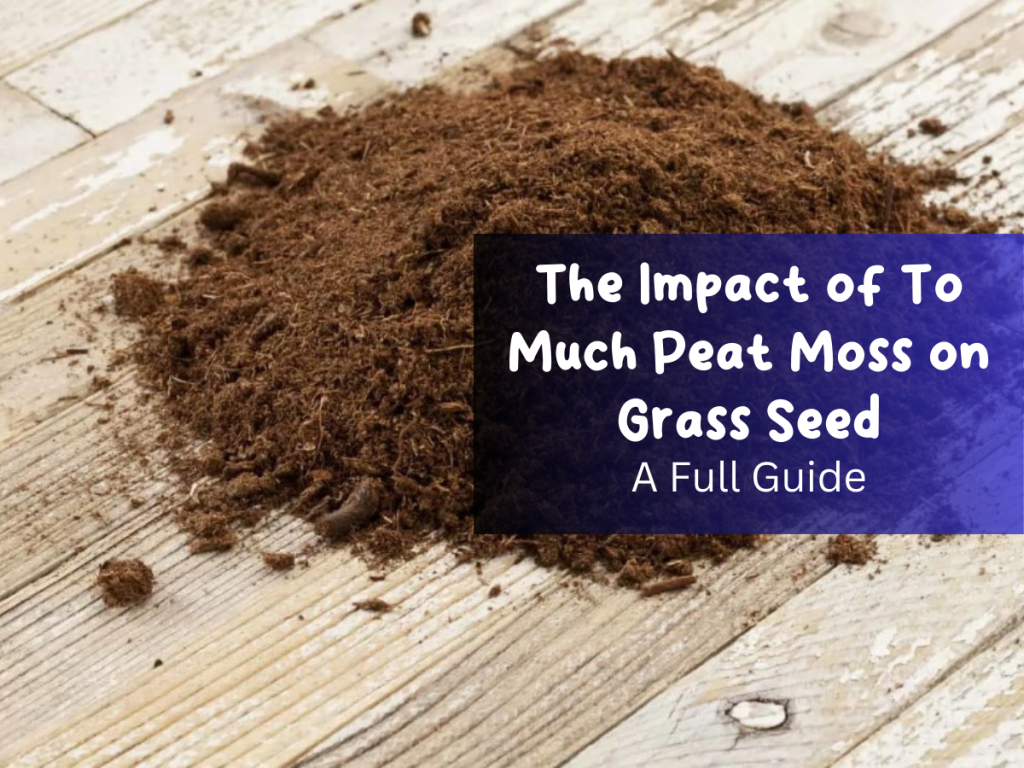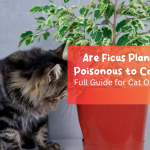Using peat moss as a soil amendment can be beneficial when seeding your lawn. However, it’s essential to strike the right balance. Excessive peat moss on grass seed can lead to hindered growth and drainage issues. This article will explore the potential consequences of using too much peat moss on grass seed and provide valuable tips to ensure optimal results.
Understanding peat moss
Peat moss, sphagnum moss, is a natural material formed by decomposing organic matter in aquatic environments. It is widely used as a soil conditioner due to its unique properties. Peat moss has an excellent moisture retention capacity, which helps prevent the soil from drying out during hot and dry periods. It also improves soil structure by increasing water-holding capacity, reducing compaction, and improving aeration.
In addition, peat moss has a slightly acidic pH, making it suitable for various plants, including grass. It acts like a sponge, absorbs water, and slowly releases it over time, keeping the moisture content in the soil constant.

The dangers of too much peat moss on grass seed
- Oxygen deficiency
One of the main challenges of using too much peat moss on grass seed is the potential oxygen deficiency. Peat moss has a dense and compact texture, which can limit the oxygen supply to the seeds if overused. Insufficient oxygen hinders seed germination and can lead to weak or stunted growth. The lack of oxygen also creates anaerobic conditions, which promotes the growth of harmful fungi and diseases that can further hinder grass seed establishment. In addition, reduced oxygen levels hinder the development of a healthy root system, resulting in poor nutrient uptake and overall grass health.
- Drainage problems
Although peat moss is known for its moisture-retaining ability, overuse can cause drainage problems. If peat moss is used in large quantities, it can create a humid environment. Poor drainage leads to over-saturation, resulting in water build-up around the grass seed. This excessive moisture can lead to seed rot, root damage, and increased susceptibility to disease. In addition, the lack of proper drainage hinders the uptake of nutrients by the grass seed, negatively impacting growth and general health.
- Nutrient imbalance
Although peat moss is suitable for retaining moisture, it is relatively low in essential nutrients such as nitrogen, phosphorus, and potassium. Overusing peat moss can dilute nutrient concentrations in the soil, creating an imbalance. Grass seeds need a balanced nutrient profile for optimal growth. If there are insufficient nutrients, the germination and growth of grass seeds will be compromised. In addition, an unbalanced nutrient profile can make the lawn more susceptible to weed infestations, pest damage, and disease.
Best Practices for Using Peat Moss with Grass Seed
For successful grass seed establishment when using peat moss, it is essential to follow these best practices:
- Soil investigation
Before adding peat moss or any other soil conditioner, it is advisable to carry out a soil test. A soil test provides valuable information about the existing nutrient content, pH, and organic matter content. This analysis will help identify any shortages or imbalances so you can make informed decisions about the proper soil amendments and the amounts needed.
- Correct application of peat moss
When applying peat moss, following the manufacturer’s or local horticultural society’s recommended guidelines is critical. Thoroughly mixing the peat moss with the existing soil ensures even distribution and avoids concentrated pockets of peat moss that can hinder water infiltration and root development.
- Balancing nutrients
To address the nutrient deficiencies in peat moss, adding other organics or soil amendments is essential. Adding well-rotted compost, aged manure, or other organic materials can provide needed nutrients and improve the soil’s overall nutrient balance. Slow-release fertilizers can also be helpful, as they offer a steady supply of nutrients over an extended period.
- Sufficient drainage
To counteract the drainage problems of peat moss, you can work organic material such as compost or sand into the soil along with the peat moss; this improves the soil structure, improves drainage, and prevents water accumulation. Creating proper slopes or installing drainage systems can also help manage water effectively.
- Control and maintenance
Regular monitoring of soil moisture levels is essential to prevent overwatering or waterlogging. It is crucial to balance providing sufficient moisture for grass seed germination and growth and avoiding over-saturation. Use proper watering practices, such as deep and infrequent watering, to encourage profound root growth. In addition, sticking to the recommended cutting height for the grasses you have sown will promote a healthy and vigorous lawn.

Conclusion
While peat moss can be a valuable soil conditioner, using too much when sowing grass can have detrimental effects. Oxygen deprivation, drainage problems, and nutrient imbalances are some of the issues that can arise. By understanding these potential hazards and applying best practices, you can strike the right balance and ensure successful grass seed germination and establishment. Proper soil preparation, nutrient management, and monitoring techniques help to create an optimal environment for a thriving and vibrant lawn. Remember that moderation and informed decisions are critical when using peat moss to achieve the desired results for your grass seed. Read article about White Spots on Basil Leaves and Sunburn Pothos in Avi Hoffman Garden.
FAQ
Yes, you can put peat moss on top of grass. However, it is essential to note that there are more effective ways to utilize it than applying peat moss directly on top of established grass. Peat moss is primarily used as a soil amendment during soil preparation or when installing new grass seeds. When applied on top of existing grass, peat moss may not penetrate the turf and reach the underlying soil effectively. Incorporating peat moss into the soil is generally more beneficial than mixing it during lawn renovation or seeding projects.
The amount of peat moss to use when seeding your lawn depends on several factors, including the area’s size, the soil condition, and the specific recommendations provided by the peat moss manufacturer. As a general guideline, you can use peat moss at a rate of 1 to 3 cubic feet per 100 square feet of area. However, following the specific instructions and guidelines the manufacturer provides is crucial to ensure optimal results.
When applying peat moss to an existing lawn, the goal is to improve soil conditions rather than smothering the existing grass. Therefore, the recommended amount of peat moss is relatively thin compared to lawn seeding. Generally, a thin layer of approximately 1/8 to 1/4 inch of peat moss can be spread evenly across the lawn surface. This amount allows for better incorporation into the existing soil and minimizes the risk of suffocating the grass.
The amount of peat moss to use depends on your lawn’s specific needs and the soil’s condition. As a general guideline, you can apply peat moss at a rate of 1 to 3 cubic feet per 100 square feet of area. However, it is essential to consider factors such as the existing soil composition, drainage, and nutrient requirements. A soil test can provide valuable information about your soil’s characteristics and help determine the necessary peat moss. Additionally, referring to the manufacturer’s instructions and consulting with local gardening experts can provide more specific guidance based on your unique lawn conditions.







